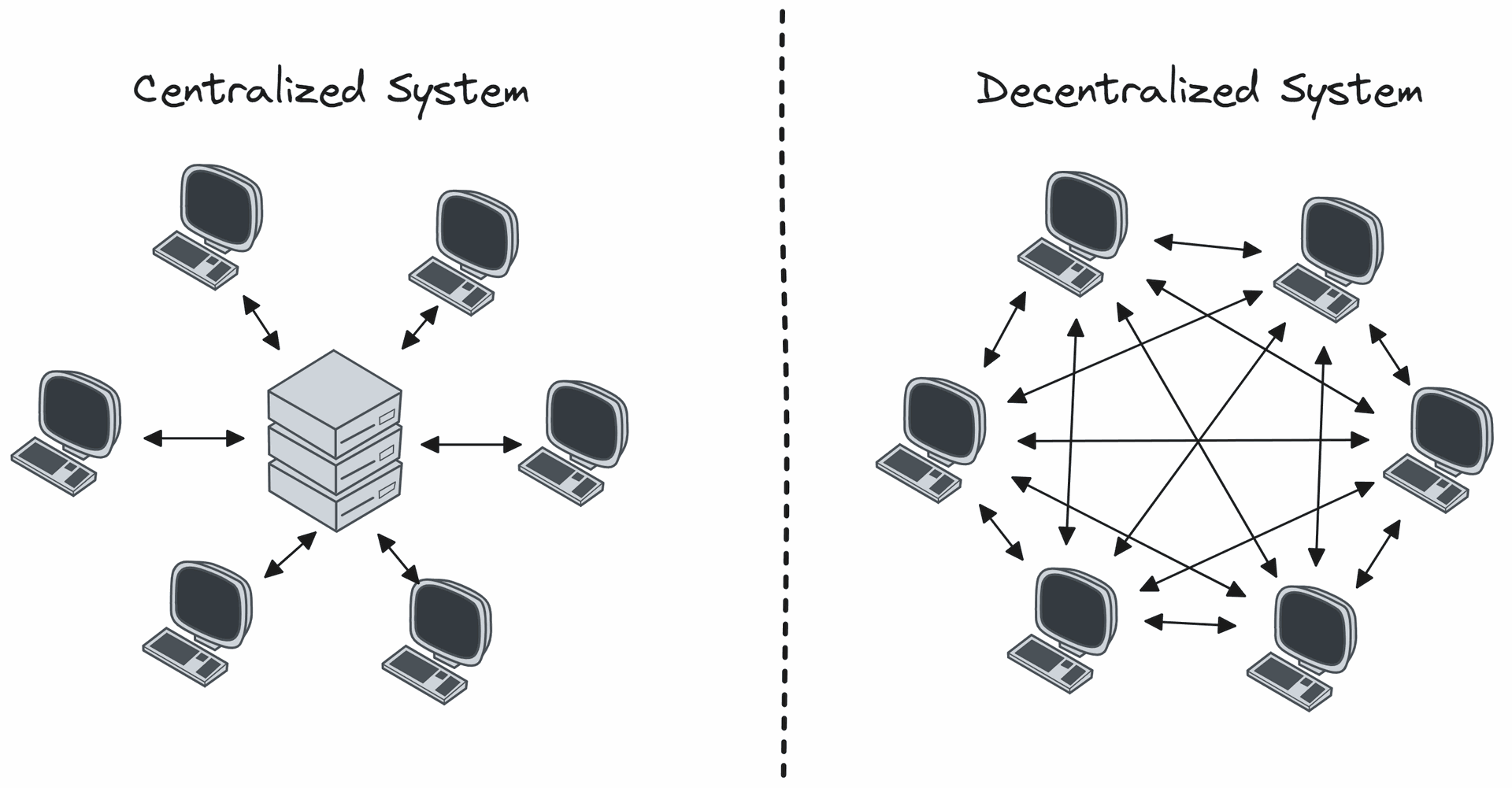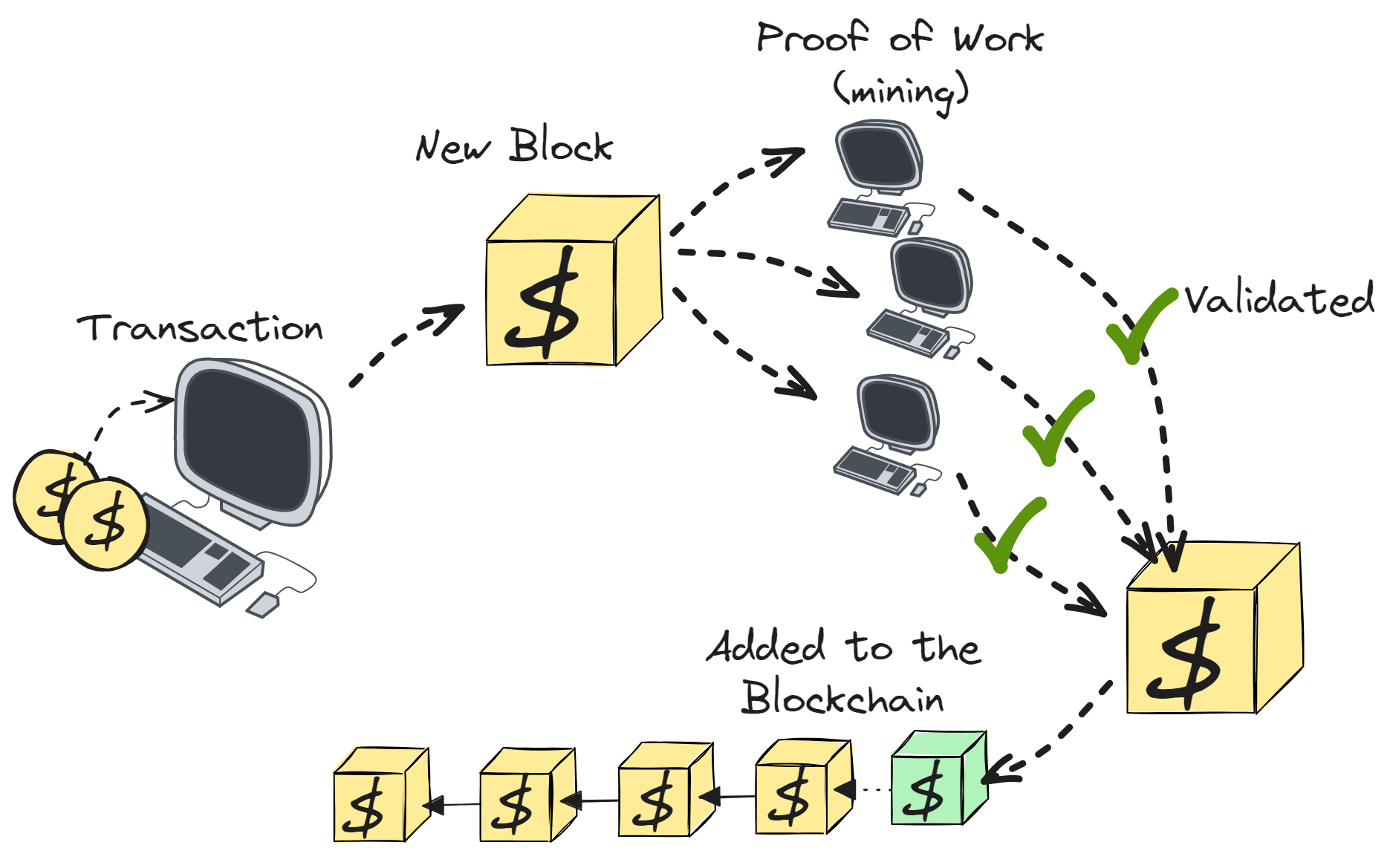Web 3.0, also known as the decentralized web or the semantic web, is the next evolution of the internet. It promises to transform the way we interact online, providing more control and ownership over our digital lives. While the potential benefits are immense, Web 3.0 also comes with its own set of challenges that businesses need to be aware of.

During the beginnings of the internet, what we currently call "Web 1.0" was composed of read-only sites that were interconnected through links. It was composed only of "static sites", which would allow for no interactivity. Then, "Web 2.0" was the first evolution on how the internet works, which was brought by the rise of web applications and social media, where people could interact with sites. It was not only about reading anymore, but writing, interacting, communicating.
Web 3.0 is built on recently emerging technologies such as AI, blockchain, and cryptocurrencies, which allows for decentralized data storage and peer-to-peer transactions (no middle man). This means that users have more control over their personal information and online experiences. However, the environmental impact and financial speculation surrounding Web 3.0 projects have raised concerns.
The energy consumption of blockchain mining, a crucial aspect of Web 3.0, has drawn criticism due to its substantial carbon footprint. According to a recent report by the EIA, Bitcoin alone, which uses the same technology, accounts for about 0.2% to 0.9% of the world's total electricity usage [ 1 ]. Companies that are exploring Web 3.0 projects need to be conscious about their environmental practices and explore eco-friendly alternatives.
Web 3.0 has also seen a surge in financial speculation, with cryptocurrencies and non-fungible tokens (NFTs) becoming popular investment assets. While there are legitimate use cases for these technologies, people and businesses need to be cautious not to get caught up in the "hype" and focus on practical applications.

Despite the challenges, Web 3.0 offers numerous benefits for both people and businesses. It provides more opportunities for decentralized data storage, secure transactions, and new business models such as decentralized finance (DeFi) and NFTs [
2
]. By embracing Web 3.0, businesses can offer their customers more control and ownership over their online experiences, leading to increased customer loyalty and engagement.
Web 3.0 is an exciting development in the evolution of the internet. While it promises to give users more control and ownership over their online experiences, it also comes with its own set of challenges such as environmental impact and financial speculation. Businesses that explore Web 3.0 need to be aware of these challenges and focus on practical applications to unlock the full potential of this technology.
Start Building for Web 3
Want to learn more about Web 3.0 and how it can impact your digital life? Contact us today to explore its potential.